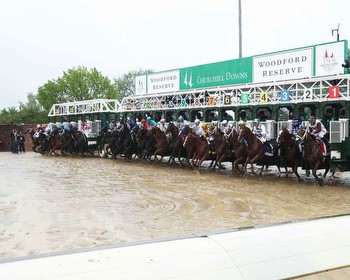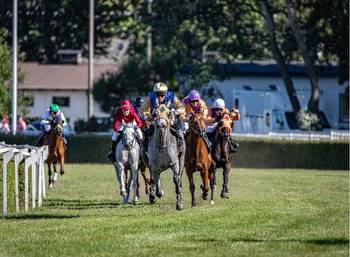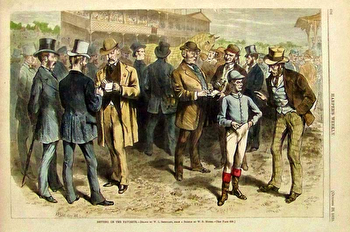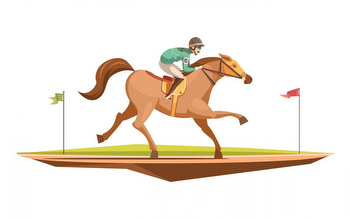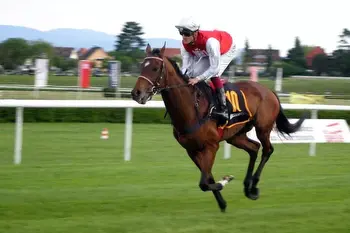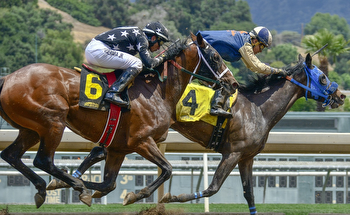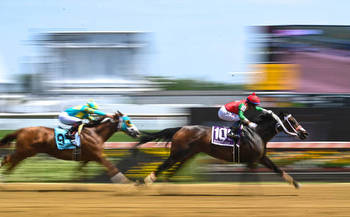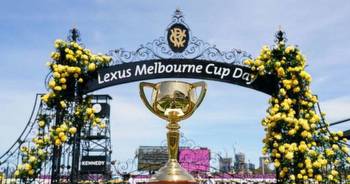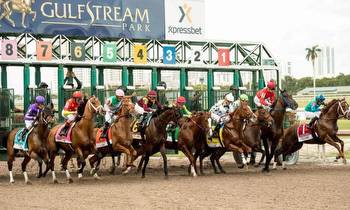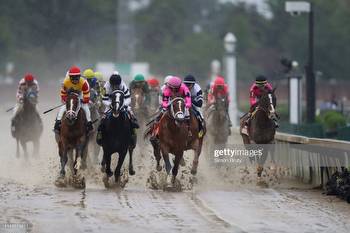A Brief History Of Horse Racing: From Greece To Modern Times
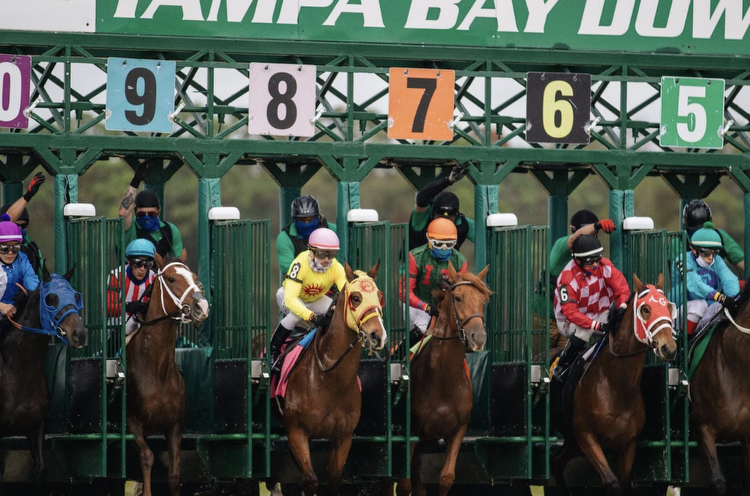
Horse racing has been a popular sport for centuries, attracting millions of fans worldwide. It has undergone significant changes over time, with technological advancements and updates in racing regulations. Today, horse racing is a multi-billion dollar industry, with major events like the Kentucky Derby and the Royal Ascot drawing in large crowds and generating substantial revenue.
To understand the history of horse racing, it is essential to go back to its origins. The sport has a rich history that dates back to ancient Greece, where it was a part of the Olympic Games. From there, it spread across the world and evolved, with different cultures and regions developing their unique styles of racing.
Today, horse racing is a globally recognized sport, with various events taking place in different parts of the world. This article will take you on a journey through the history of horse racing, from its origins in Greece to modern-day technology and betting options, highlighting the significant milestones that have shaped the sport into what it is today.
The origins of horse racing can be traced back to the Greek Olympic Games in 700 to 40 B.C. Soon, the sport spread to neighboring countries such as China, Persia, and Arabia, and eventually to the Middle East and North Africa, highlighting its widespread popularity and influence.
To impress potential customers, professional riders in medieval England rode horses to display their speed. At this time, a three-mile race with a purse of 40 pounds and a team of knights as riders was offered for the first time.
In what is now known as the King’s Plate Races, Charles II offered the first cash prizes to the winning jockeys. Betting on horse races has its origins in this era, specifically during Louis XIV’s rule.
Several race tracks appeared on the plains of Long Island during the 1600s, likely marking the beginning of organized horse racing in the United States.
Professional riders in medieval England demonstrated the top speed of horses to potential buyers by racing them. These riders were known as jockeys and were employed by wealthy nobles and aristocrats who owned horses. The races were held over short distances of a quarter, half, or one mile and often took place on open fields or roads.
The main purpose of these races was to showcase the horses’ speed, endurance, and agility to potential buyers, who would then decide whether to purchase them. The jockeys rode bareback and were often young boys who were also skilled in horse care and maintenance.
Betting on horse racing began to gain popularity during this time with the reign of Louis XIV, and it has since become an integral part of the sport. Medieval horse racing laid the foundation for modern horse racing and helped to popularize the sport among the masses.
Introducing prizes for winners became a significant milestone in the evolution of horse racing, coinciding with the rise of organized racing in England. Among the earliest recorded horse races in which winners received cash prizes were the King’s Plate events and races. They were introduced by Charles II. The first known racing purse was offered at this time, for a three-mile race featuring knights, and it was 40 pounds.
The addition of prizes increased the spectacle of horse racing by inspiring horse owners and jockeys to compete for more than just bragging rights. The French established the Prix du Jockey Club in 1836, the Grand Prix de Paris in 1863, and the Prix l’Arc de Triomphe in 1920 to honor the country’s top thoroughbreds, taking a cue from their English counterparts.
The United States was one of the final countries to introduce prize money to horse racing, but the Belmont Stakes, inaugurated in 1867, quickly became one of the most prestigious races in the world, offering a substantial prize purse. Today, prize money remains a significant part of horse racing, with primary races providing millions of dollars in cash prizes for the top finishers.
Global expansion has led to an increase in the popularity of horse racing, with races now taking place in countries around the world. Horse racing is now a truly international sport, with events taking place on every continent and in over 50 countries.
The surge in the sport’s growth is attributed not only to its escalating popularity as a spectator and betting activity but also to the increasing number of horses being bred and trained worldwide. For instance, the Belmont contenders are often the cream of international and local breeding programs, drawing considerable attention and fanfare.
Horse racing has become a truly global industry, with international competitions such as the Dubai World Cup and the Breeders’ Cup attracting horses and jockeys from all over the world.
The growth of horse racing has also been driven by the development of new technologies, such as online betting and live streaming, which have enabled fans to watch and bet on races from anywhere in the world. As a result, horse racing has become one of the most popular sports in the world, with millions of fans tuning in to watch races and place bets every year.
The evolution of horse racing from its origins in ancient Greece to its current status as a global sport with millions of fans worldwide is a fascinating journey through time. Through the centuries, horse racing has evolved and adapted to changing times, with technological advancements and changes in racing regulations.
Whether you are a seasoned gambler or a casual fan, horse racing is a thrilling and engaging experience that has stood the test of time.
In the end, whether you are a fan of horse racing or not, it is impossible to deny the impact that this sport has had on our culture and history.








